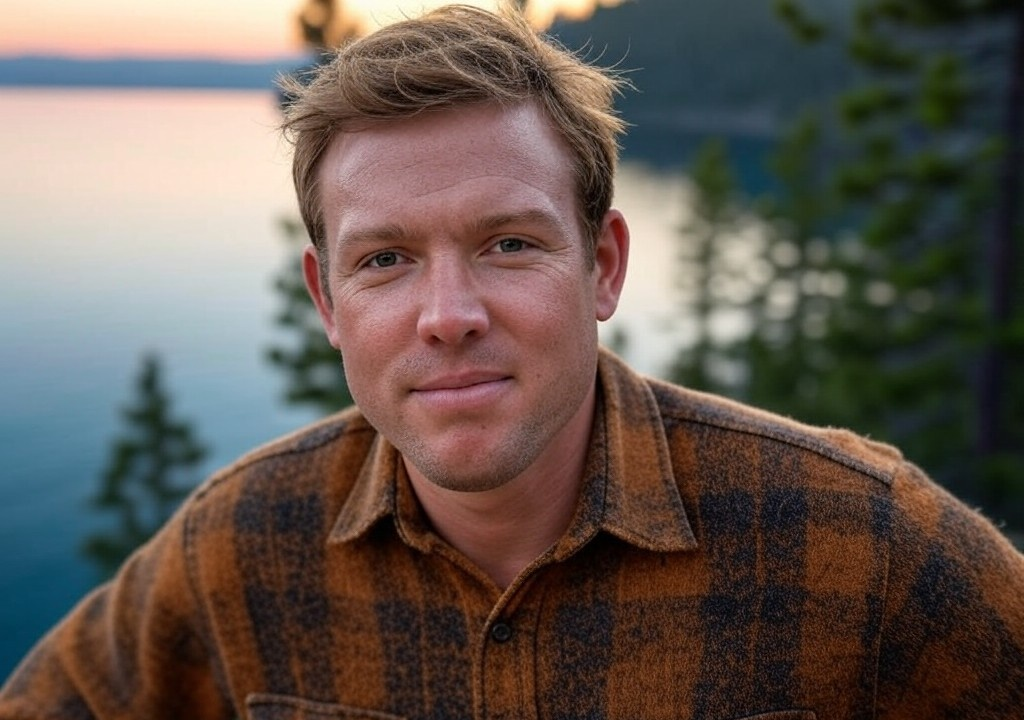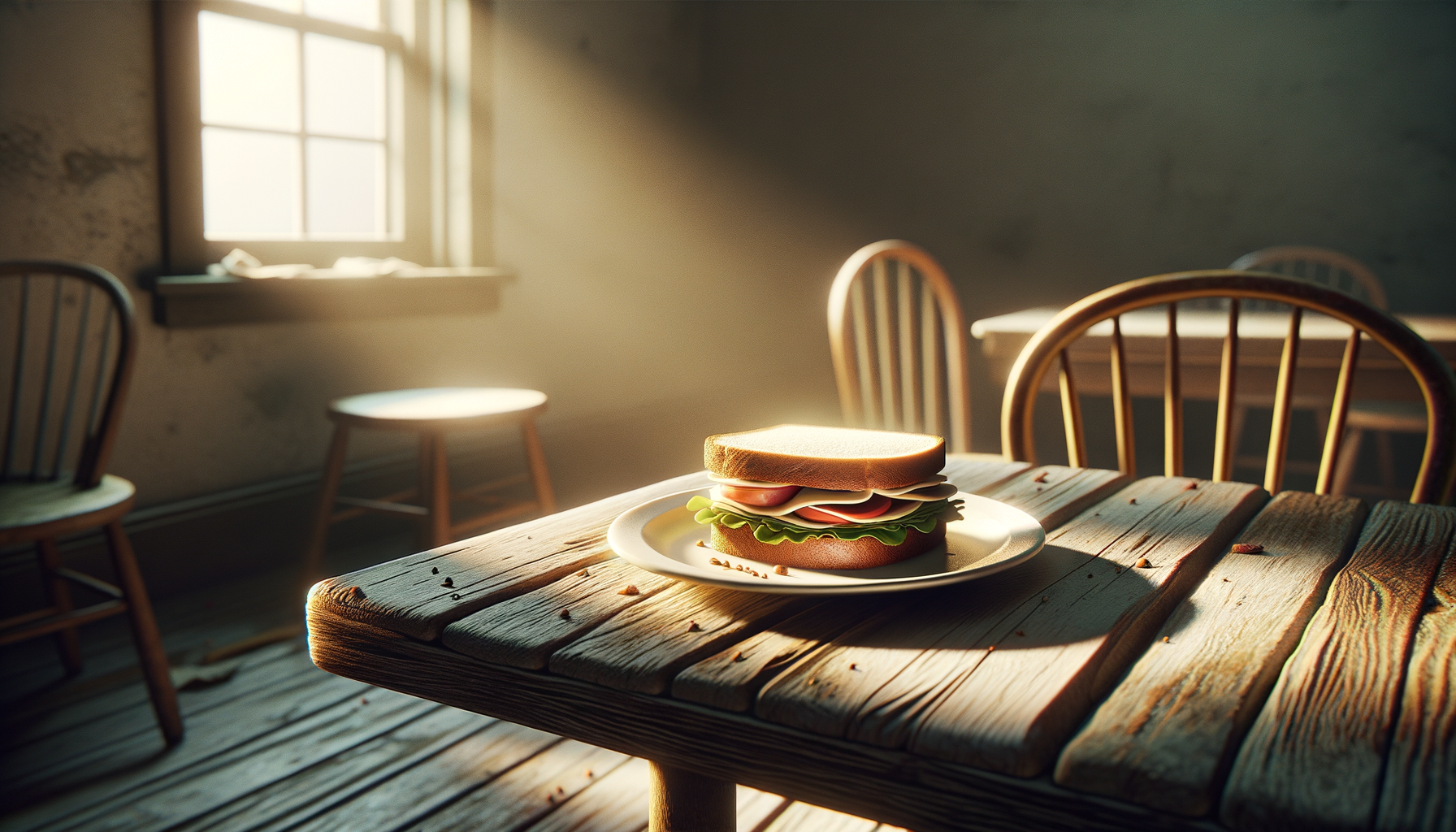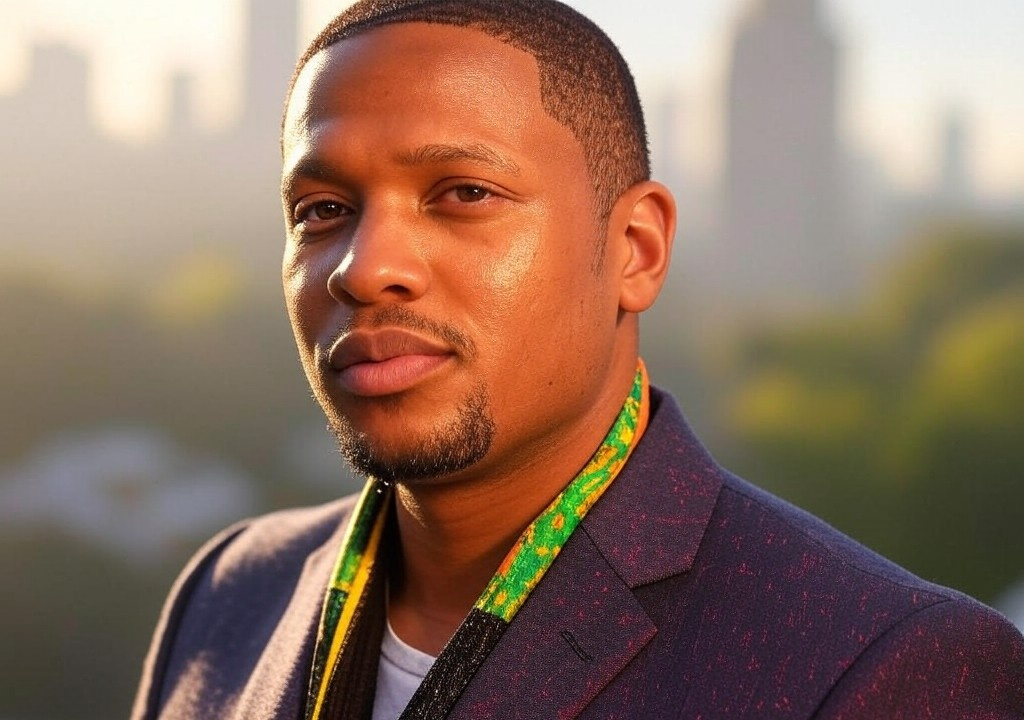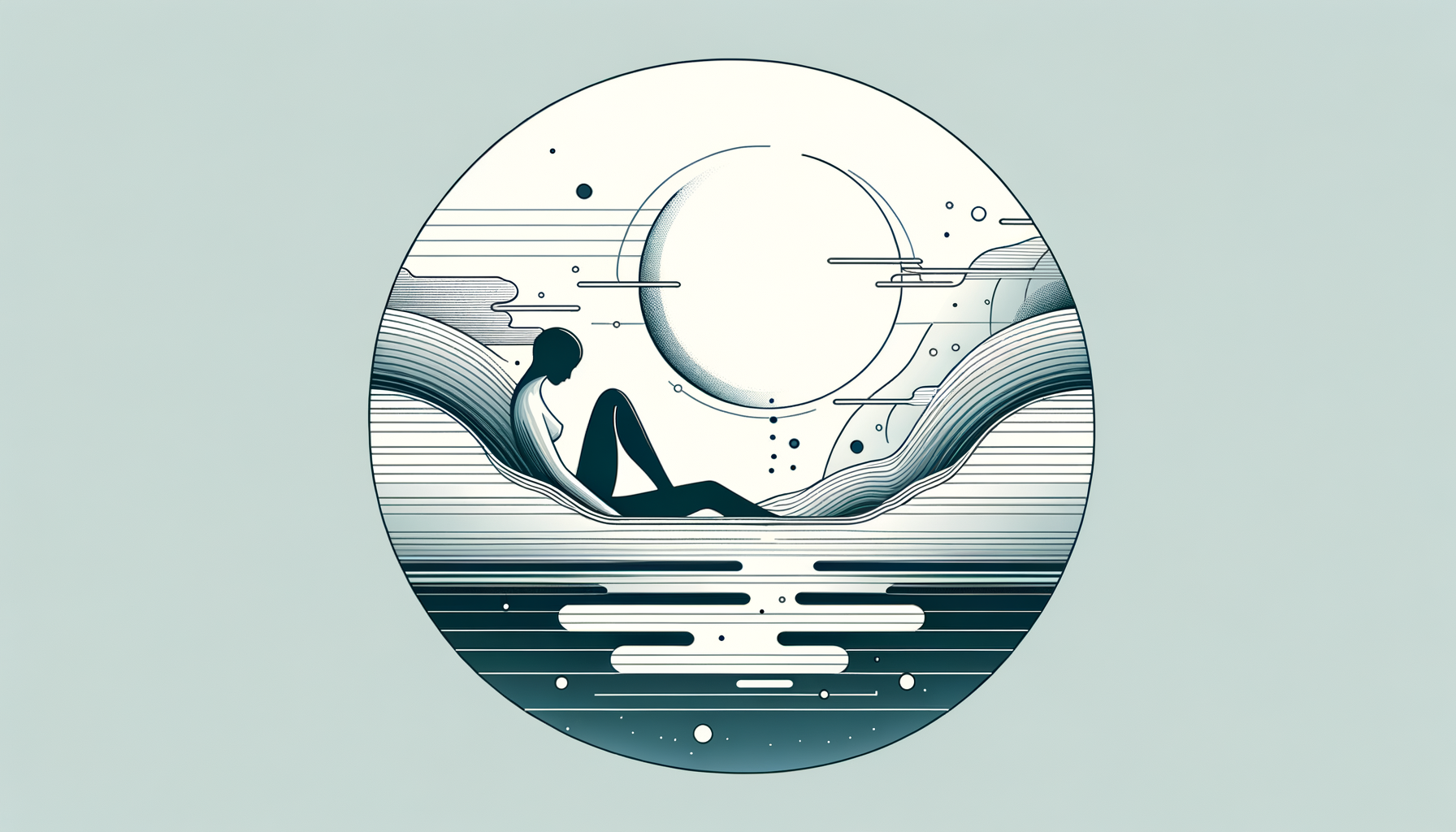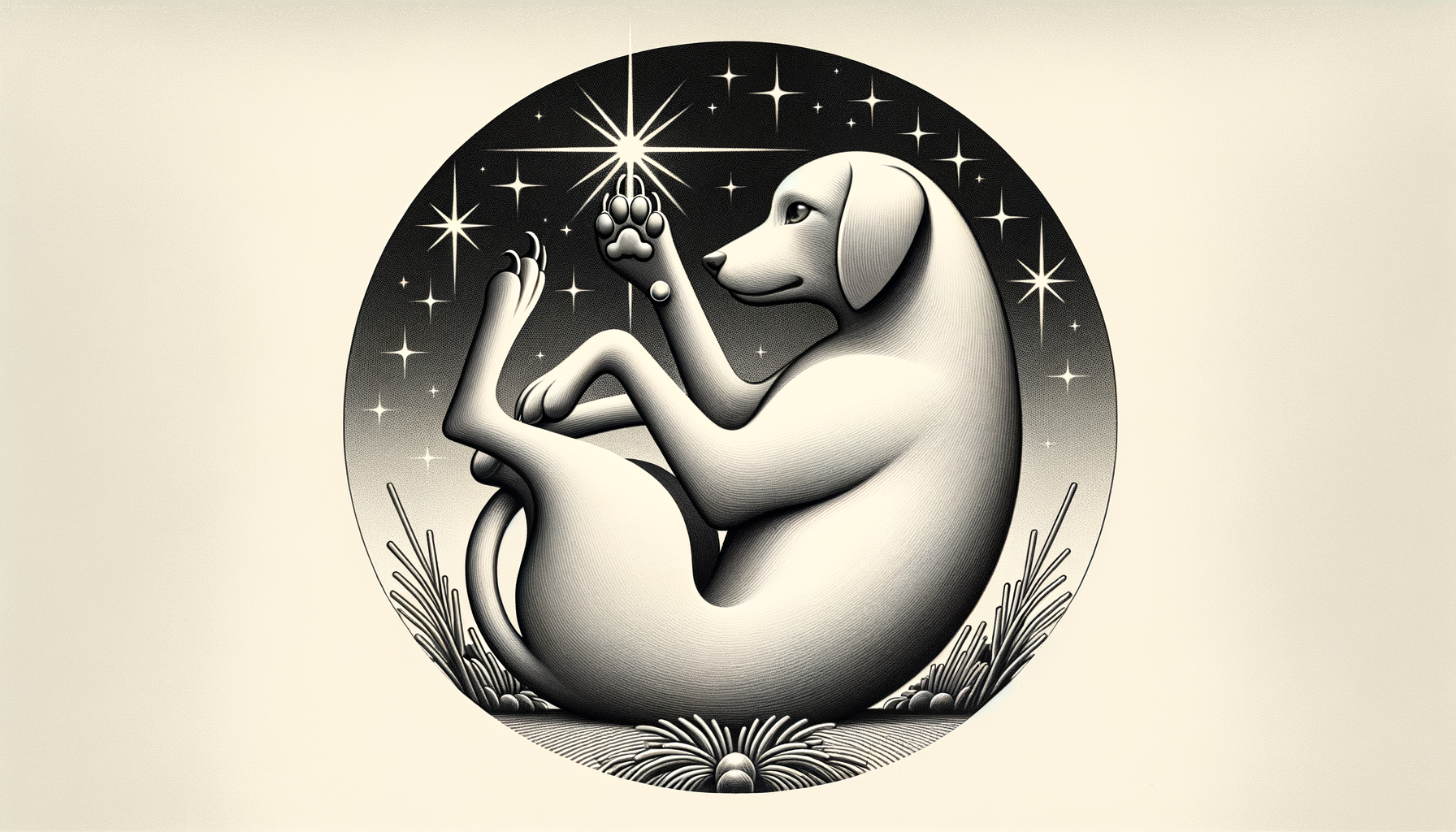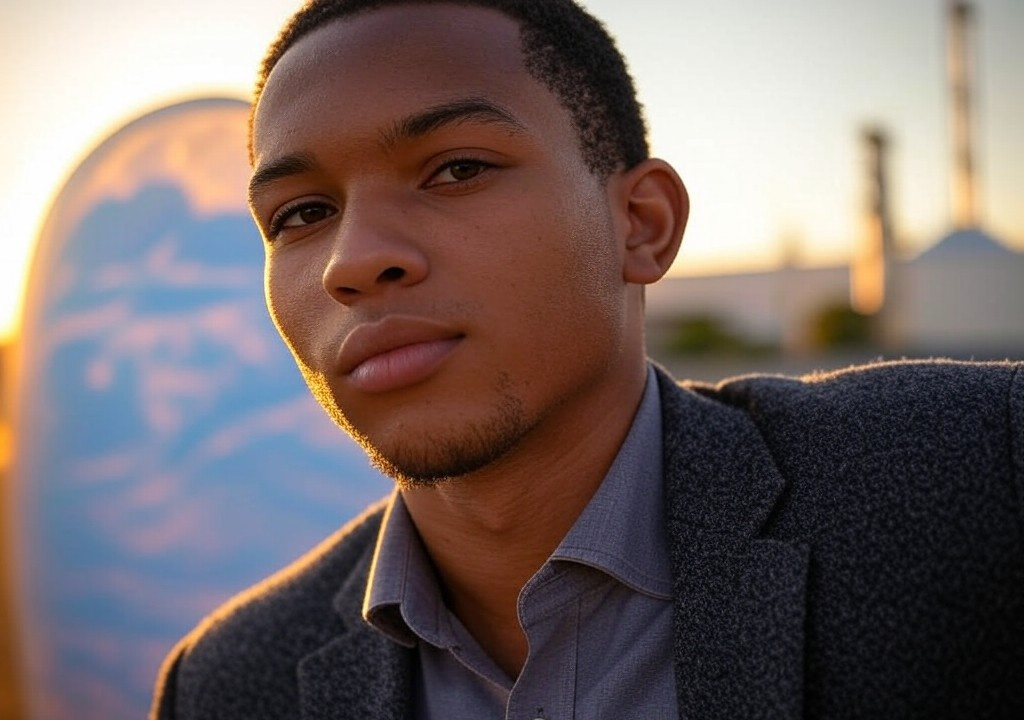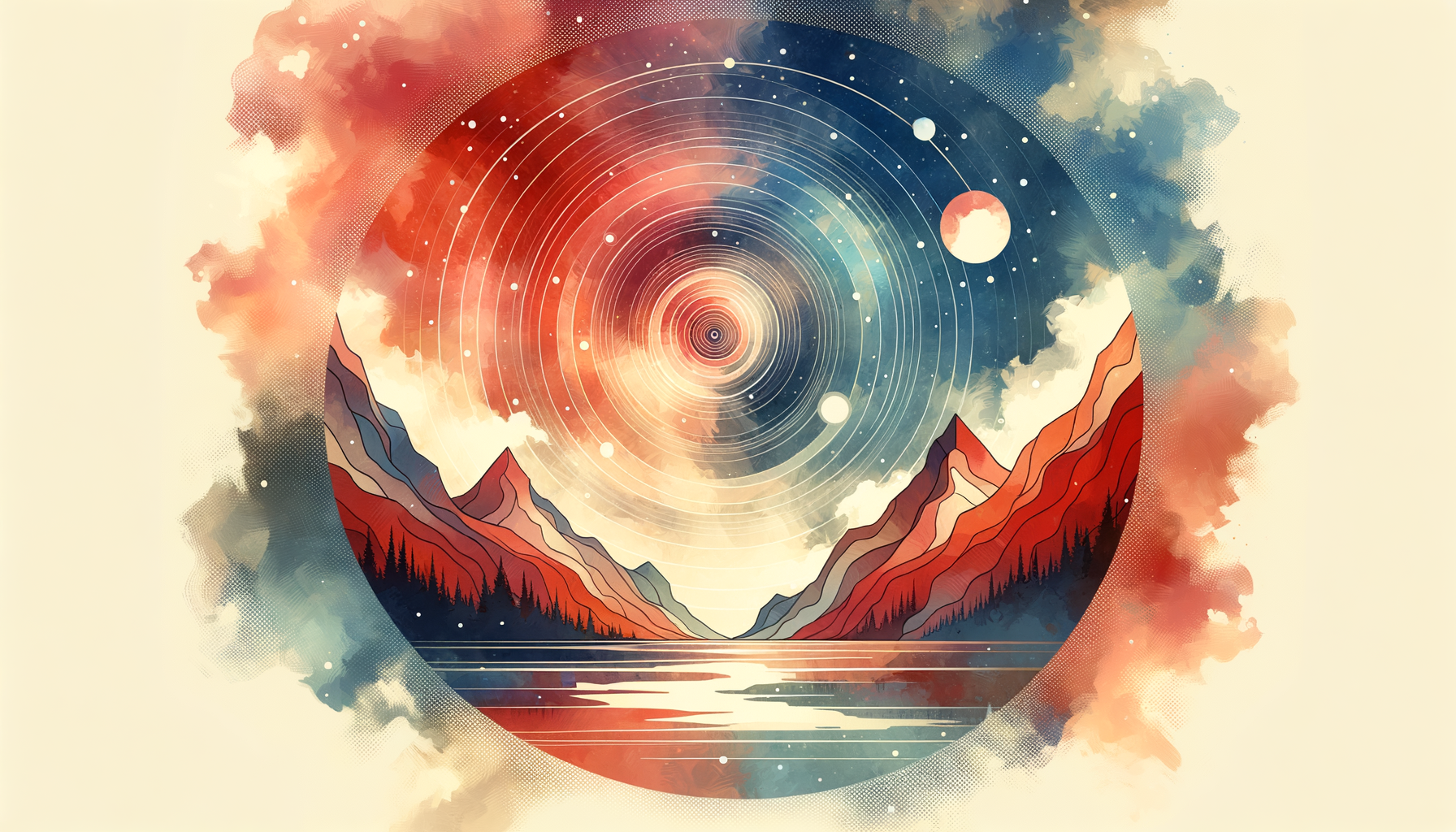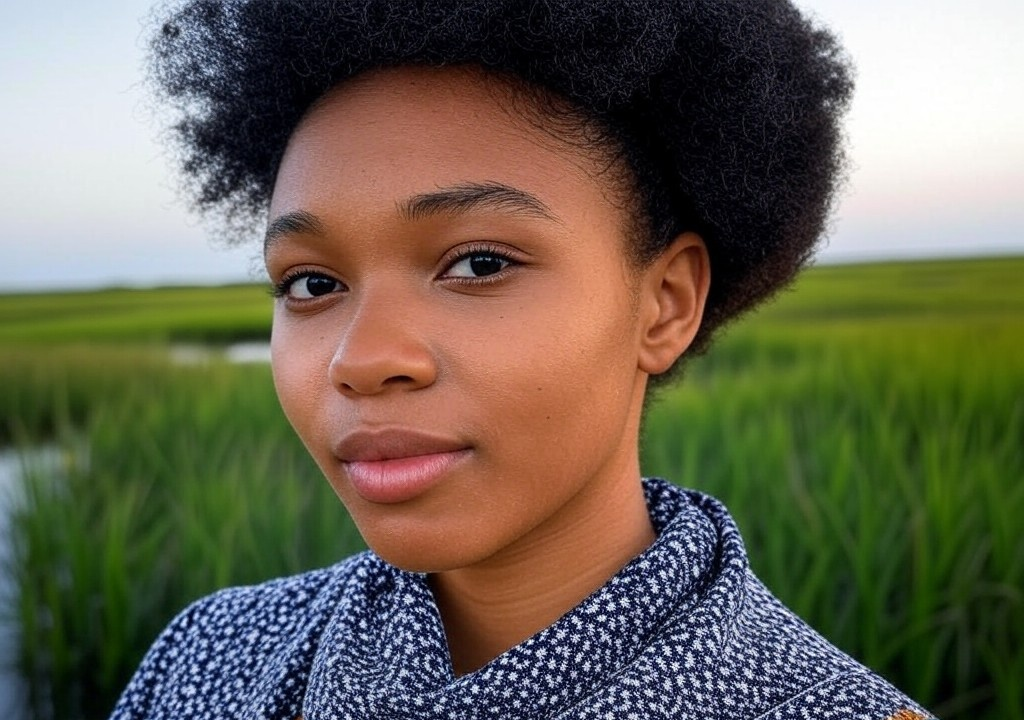The first thing I learned how to do—before I could tie a square knot or confidently tell east from west—was wave. Growing up in a cabin on Lake Tahoe’s shores, you waved at just about everyone. Passing hikers. Couples dressed to the nines for their lakeside weddings. Fishermen hauling in their evening catch. You waved because that’s what you did in Tahoe: acknowledge the people sharing the view with you, even if just for a fleeting moment.
It wasn’t just neighborly tradition; it was a quiet acknowledgment of connection. Out here, it was impossible to forget you were part of something bigger—a network of humans and nature intricately braided together like the towering pines outside our front door. Sure, I didn’t grow up in a place with a Starbucks around the corner or a neighborhood TikTok dance crew. But I had glacier-fed water in my backyard and parents who taught me to find beauty in stillness. And yet, this environment shaped more than my love of nature—it taught me lessons I didn’t know I’d need in both life and relationships.
Nature: The Ultimate Relationship Coach
If you’ve ever held a firefly in your hand or sat beside a mountain stream, you know nature doesn’t rush. It’s patient. It listens. It feels steady. If that doesn’t sound like relationship goals, I’m not sure what does.
Getting up at dawn to help guests manage their canoe rentals might not scream “ideal summer job” to most teens, but it taught me the value of teamwork—and timing. Some mornings, the lake would flicker with glassy stillness, making it the perfect atmosphere for lovebirds attempting their first paddle together. Then there were the gusty afternoons when someone’s “hold the oar steady” turned into “you’re doing it wrong” as they drifted, inevitably, toward the cattails. Watching those disputes play out taught me an important truth: Even with the best partners, teamwork requires learning each other’s rhythms.
The lake mirrored relationships at every stage. There were those golden hours when couples marveled at nature’s perfection, same as the honeymoon phase of romance. Then there were the windy days, ones that pushed your patience and required compromise. Much like in love, the moments that tested you turned out to be the ones that brought growth.
Leave No Trace—In Love and In Life
When you literally grow up with “Leave No Trace” ethics drilled into you, you think about footprints differently—not just the ones you leave on trails, but the ones you leave on people.
It’s not lost on me that dating is a place where people often forget this principle. Ghosting, apathy, careless words—this is the emotional equivalent of trampling wildflowers. Growing up in Tahoe made it crystal clear: Every action has a ripple effect, whether it’s bending a branch or bending the truth. That mentality shifted how I approached connections. To leave no emotional trace meant considering how my words landed and how my actions lingered after I walked away.
For those of you navigating relationships, think of it this way: Treat people like they’re pieces of rare wilderness. Handle them with care and respect, because even the small things—like a kind text sent at the perfect moment—can leave them better than you found them.
How Tahoe Taught Me the Art of Silence
Living in a small tourist town also meant I learned to appreciate silence early on. When the bustle of a summer crowd died out or snowstorms settled in for December, the world became whisper-quiet. And let me tell you, there’s magic in that space. There’s something special about being beside someone and letting silence speak for a while.
Fast-forward to the 21st-century dating scene, and we’ve all been there: sending a text, seeing those three dots pop up…and then nothing. You’d think I’d have anxiety about silence after growing up where Wi-Fi felt rarer than spotting a bald eagle, but Tahoe’s introverted energy taught me to embrace it. Not every pause means you’re losing the conversation. Sometimes silence is just space to reflect, absorb the moment, or connect without words.
I once took someone to a lookout point above the lake at sunset, the silence punctuated only by wind rustling through the trees and the occasional trill of a bird. “Do you think it knows how beautiful it is?” they asked as we looked out over the glowing water. I didn’t need to fill the space with words. It was as if the entire scene was saying what I couldn’t: That awe and connection rarely show up in noise.
Simplify, Simplify
If Tahoe had a new-age mantra, it’d be “simplify.” Your closet is just flannels and hiking boots. Your entertainment is what’s outside your back door. And dating? Dating simplifies, too, when you take away the noise. One thing the lake’s rhythm taught me is that lasting bonds don’t need to be complicated. You don’t have to scale Everest together—sometimes sharing a peanut butter sandwich after a long hike is adventure enough.
In my early twenties, I dated someone who planned elaborate weekends out of city pressure: wine pairings, rooftop bars, fancy dinners. And while there’s nothing wrong with that, something felt off—like we were dressing up versions of ourselves that didn’t quite fit. After one exhausting Saturday (half of it spent waiting on Ubers), I finally suggested, “Why don’t we just go outside next time?” The next weekend, we found ourselves in a quiet park with iced coffees and no phones. That’s when I realized relationships grow when you give them space to breathe. It’s not about the grand gestures as much as the little ones, the quiet comforts, the parts of you freed by simplicity.
Build Bridges, Literally and Metaphorically
One of my earliest memories is watching my father repair a footbridge after a heavy storm nearly swept it away. “Every connection is worth upkeep,” he said. Now, I’m not going to pretend he was reciting relationship advice (pretty sure he was just talking about nails and water-resistant sealant), but those words stuck. Bridges—whether they’re made of wood or trust—don’t hold unless you care for them.
When you grow up learning how to chop wood and patch up old fences, you approach relationships with a fixer’s mindset. That doesn’t mean aiming to “fix” people per se, but rather recognizing when a little effort can mend something worth saving. I’ve made mistakes; I’ve waited too long to patch things up. But in that repair process, I’ve also learned something valuable: the strongest bridges are those built together.
Conclusion: The Relationship Compass
If Tahoe taught me anything, it’s that life—and love—is less about the destination and more about the moments of connection along the way. Sure, not every relationship is a forever home; some are like summer tourists passing through, just long enough to leave a small impression. And that’s okay. The key is paying attention to what each teaches you.
So, when you’re navigating the waters of relationships, here’s what I’ll leave you with—a short compass borrowed from the place that made me:
- Observe the rhythm: Whether it’s a lake or a love interest, learn how to paddle with the current instead of against it.
- Leave no trace: Respect the people you encounter, knowing your impact matters.
- Embrace the silence: Sometimes connection happens in the quiet moments.
- Keep it simple: Not every “perfect date” involves rooftop grandeur. Sometimes it’s about a walk beneath the stars.
- Mend the bridges: If a connection is meaningful, put in the effort to keep it.
Every relationship, like every trail, has something to teach us if we’re willing to listen. And when in doubt—wave. Always wave. You never know where it might lead.


